from 0 review
No Cancellation
100 people
English, Francais
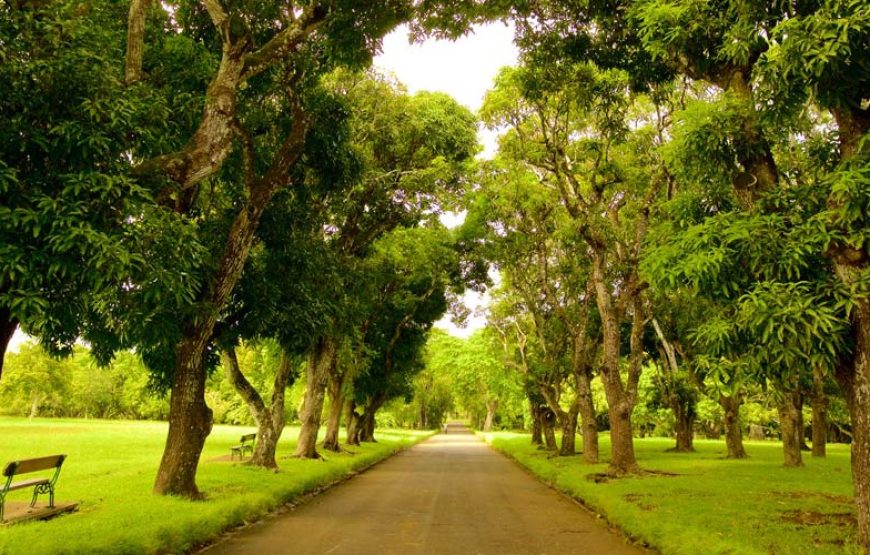
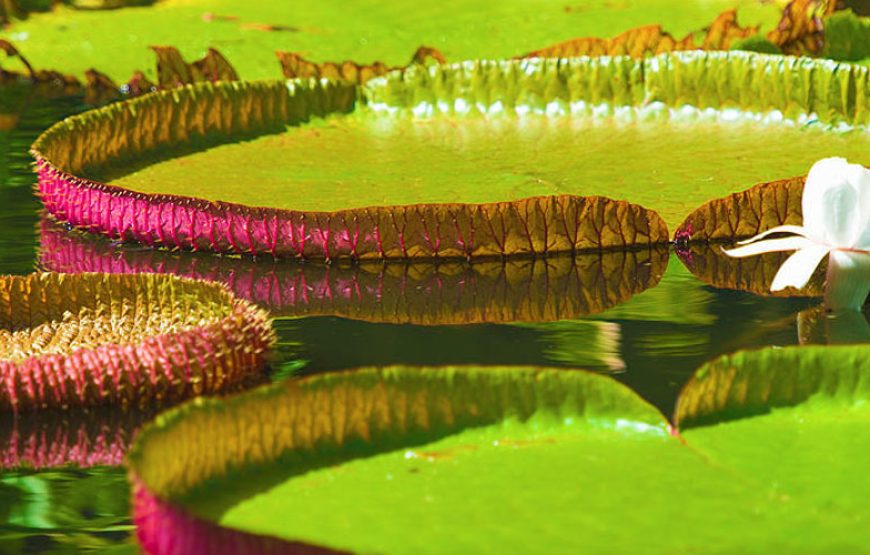
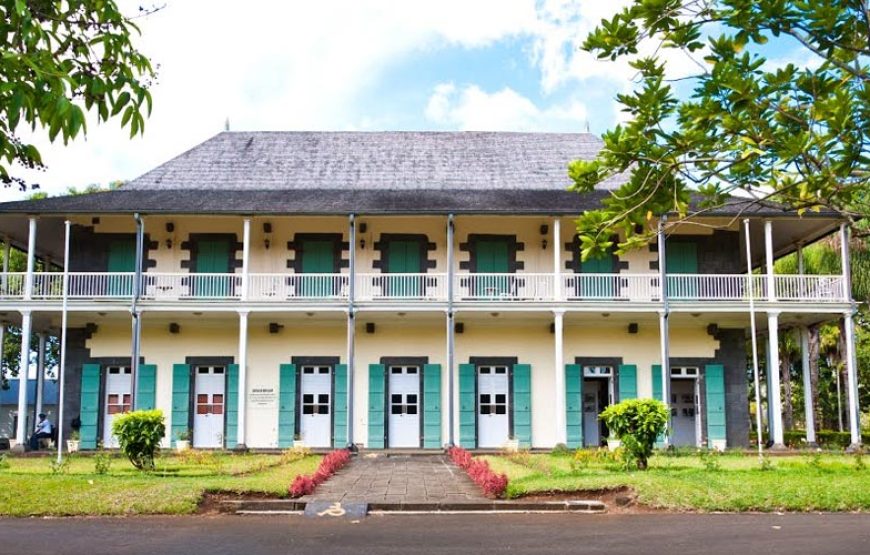
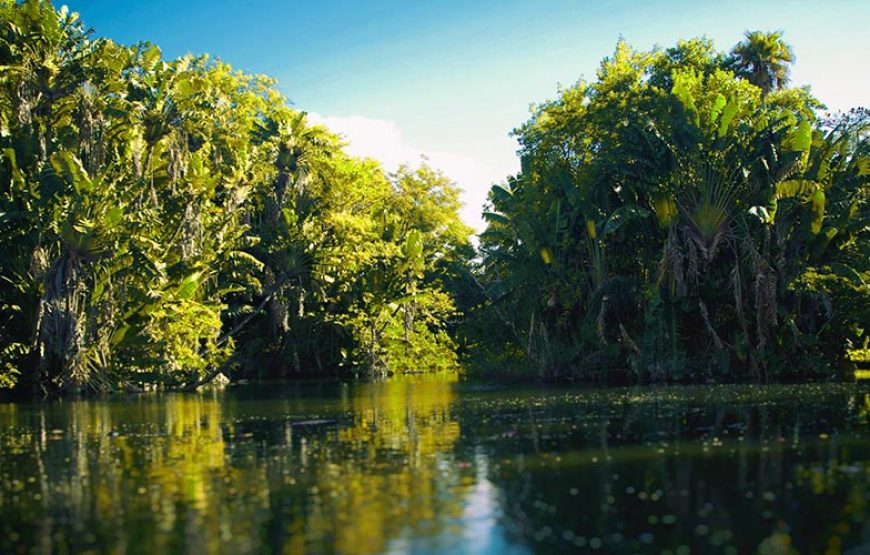
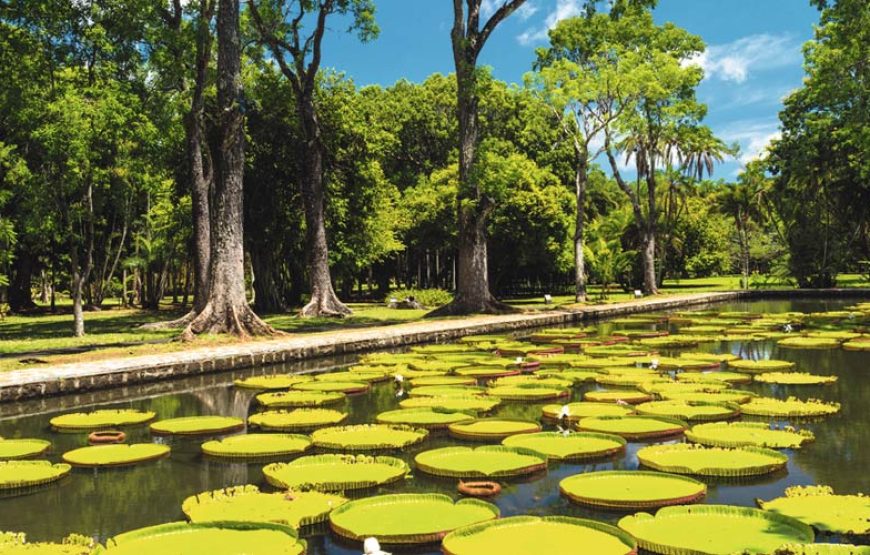
The Sir Seewoosagur Ramgoolam Botanical Garden stands as one of the most visited attractions in Mauritius, recognized as the oldest botanical garden in the Southern Hemisphere dating back to 1736. Spanning an impressive 37.5 hectares, this natural paradise houses over 650 varieties of plants, including remarkable species like Baobabs and the Palmier Bouteille.
Visitors to the Mauritius Sir Seewoosagur Ramgoolam Botanical Garden typically spend 1-2 hours exploring its wonders, particularly the stunning pond featuring Giant Water Lilies. The Sir Seewoosagur Ramgoolam Botanical Garden Pamplemousses boasts 85 different varieties of palm trees collected from around the world. Initially opened as a private garden nearly 300 years ago by the French governor, the Pamplemousses Botanical Garden was later enhanced by French Intendant Pierre Poivre in 1767, who introduced various vegetables, fruits, flowers, and spices from across the globe.
Upon entering the Sir Seewoosagur Ramgoolam Botanical Garden, visitors are immediately transported into a lush paradise of exotic flora. This Pamplemousses Botanical Garden offers a serene escape where guests can either self-tour with a provided map or engage one of the knowledgeable guides available at the entrance for a modest fee.
The garden’s crown jewel is undoubtedly its famous pond of Giant Water Lilies (Victoria amazonica), featuring spectacular lily pads approaching 2 meters in diameter. Moreover, plant enthusiasts will marvel at the grand collection of palms showcasing no less than 80 species from around the world.
A clockwise route through the Mauritius Sir Seewoosagur Ramgoolam Botanical Garden reveals numerous fascinating attractions. Visitors can explore the Old Sugar Mill replica, which provides historical insight into pre-industrial sugar production, before discovering Le Chateau Mon Plaisir—the palatial 1823 residence of the garden’s director.
Additionally, the garden houses specialized areas dedicated to medicinal plants and spices. The Medicinal Corner, created in 1995, comprises approximately 100 species with healing properties, whereas the Spice Corner showcases valuable plants introduced by Pierre Poivre, such as nutmegs and cloves.
Another highlight is the unique Pont des Soupirs bridge where water from River Citron flows under while Riley Canal flows over it. Wildlife enthusiasts will appreciate the enclosures housing giant tortoises and deer, alongside thousands of birds visible throughout the alleys.
The Sir Seewoosagur Ramgoolam Botanical Garden Pamplemousses remains open daily from 8:30 AM to 5:30 PM with modest entrance fees—Rs 50 per visitor over age 12 (individual or groups up to 4) and Rs 40 per person for groups of 5-10 visitors. Free parking is available, and refreshment carts can be found near the entrance. Wheelchairs are provided free of charge upon request, making this botanical haven accessible to all visitors.
Discover the breathtaking wonders that make the Sir Seewoosagur Ramgoolam Botanical Garden a true jewel of Mauritius! At the Pamplemousses Botanical Garden, nature enthusiasts will be mesmerized by the famous giant water lilies (Victoria amazonica) with their spectacular pads reaching 2-3 meters in diameter. These impressive aquatic plants, originally from the Amazon, were introduced to the garden in 1927.
Furthermore, the Mauritius Sir Seewoosagur Ramgoolam Botanical Garden showcases an extraordinary collection of palm trees with no less than 85 different varieties gathered from across the globe. Notable among these is the remarkable Talipot palm that flowers only once in its 30-80 year lifetime before dying, a truly once-in-a-generation spectacle!
Throughout the years, numerous world leaders and royalty have planted trees in this historic garden, including Princess Margaret (1956), Indira Gandhi, François Mitterrand, and Robert Mugabe. Indeed, these commemorative plantings add a fascinating historical dimension to your botanical journey.
First thing to remember when planning your visit is the garden’s iconic entrance. The magnificent Main Gate, made of wrought iron, stands as an architectural masterpiece dating back to 1868. This impressive structure even won first prize at the 1862 International Exhibition held at London’s Crystal Palace!
Important to realize is that the Sir Seewoosagur Ramgoolam Botanical Garden Pamplemousses serves as a crucial conservation site for Mauritius’ endangered flora. With over 270 threatened tree species on the island, the garden plays a vital role in preserving these botanical treasures for future generations.
Animal lovers will also enjoy encountering giant tortoises and deer in dedicated enclosures, alongside the vibrant Mauritian flying foxes that can be spotted in the trees. The garden’s unique Pont des Soupirs bridge offers another must-see attraction, where River Citron flows under while water from Riley Canal flows over it – a rare natural phenomenon that photographers will certainly appreciate!
Embark on a historical journey through the Sir Seewoosagur Ramgoolam Botanical Garden, whose story spans nearly three centuries! Originally established in 1735 by French Governor François Mahé de Labourdonnais as a vegetable garden called “Mon Plaisir,” this verdant paradise eventually evolved into the oldest botanical garden in the Southern Hemisphere.
The estate was initially created to supply vegetables to Labourdonnais’ household, Port Louis, and passing ships. Subsequently, in 1767, Pierre Poivre took charge as Intendant of the island and transformed the modest vegetable patch into a proper botanical garden. During this period, he introduced numerous exotic plants, especially valuable spices like nutmeg and cloves that he had smuggled from the Moluccas.
Following Poivre’s tenure, Nicolas Céré became Director in 1775 and devoted both his life and personal fortune to the garden until his death in 1810. Thanks to the dedication of these visionaries, the Pamplemousses Botanical Garden gained worldwide recognition among leading naturalists.
Throughout its rich history, the garden has been known by several names, including “Jardin de Mon Plaisir,” “Jardin des Plantes,” “Jardin Royal,” and during British colonization, “The Royal Botanical Gardens of Pamplemousses”.
In recognition of his tremendous contributions to the nation, the garden was officially renamed the Sir Seewoosagur Ramgoolam Botanical Garden on September 18, 1988—the 88th birth anniversary of Mauritius’ first Prime Minister. After his death in December 1985, part of the garden became a crematorium where his funeral rites were performed according to Hindu tradition.
Today, spanning 33 hectares, the Mauritius Sir Seewoosagur Ramgoolam Botanical Garden serves multiple purposes beyond tourism. Its main objectives include conservation, education, recreation, culture, and history. The garden currently houses 823 different plant species, comprising 445 exotics, 80 palms, 150 medicinal plants, 60 endemic species, 27 spices, 30 religious plants, and 31 ferns.
The headquarters of the garden are located in Chateau Mon Plaisir, built in 1823 and renovated several times over the years. Since May 1999, the garden has been managed by the SSR Botanic Garden Trust, ensuring this historical treasure continues to flourish for future generations.